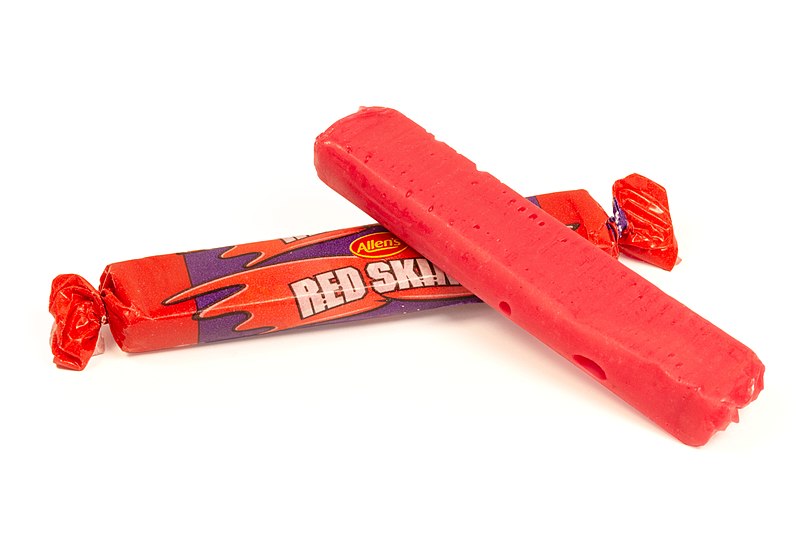Understanding and Coping with Eczema in Children: A Parent’s Guide to Red Skin Conditions
Oh, wonderful parents, we know how much you care for your little ones! From their tiny toes to the tops of their adorable heads, every inch matters. And when something like red, itchy skin appears, it’s natural to be concerned and search for answers and relief. But fret not! This article is your beacon of knowledge, shedding light on the common causes of red skin in children, focusing on eczema, and how you can help soothe your child’s discomfort with both love and the right care.
What is Eczema?
Eczema, also known as atopic dermatitis, is a condition that causes the skin to become inflamed, itchy, and red. It’s incredibly common in children and can range from mild to severe cases. It’s not merely a singular condition but an umbrella term that encompasses a variety of skin issues. But why does it happen? Well, the exact cause of eczema is not fully understood, but it’s believed to be a combination of genetic and environmental factors. Fear not, though, because knowledge is power, and understanding eczema is the first step to managing it.
Recognizing Eczema Symptoms in Children
Let’s take a moment to identify what we are dealing with. The main symptoms of eczema in children include:
- Dry, sensitive skin
- Red, inflamed skin
- Itching, which may be severe, especially at night
- Dark colored patches of skin
- Rough, leathery, or scaly patches of skin
- Oozing or crusting
- Areas of swelling
Spotting these symptoms early can be crucial in managing your child’s eczema and preventing further discomfort or infection. Remember, each child’s skin is unique, and symptoms can vary. It’s important to consult with a healthcare professional for an accurate diagnosis.
Common Triggers of Eczema Flare-Ups
Parents, you’ve probably noticed that certain things seem to make your child’s skin issues worse. Here are some common eczema triggers:
- Dry skin – When your child’s skin gets too dry, it can easily become brittle, scaly, rough, or tight, which can lead to an eczema flare-up.
- Irritants – Everyday products like soaps, detergents, shampoos, disinfectants, and even juices from fresh fruits, meats, and vegetables can irritate your child’s skin.
- Heat and sweating – Too much sweat can trigger an eczema outbreak, especially in the folds of skin, such as the elbows or the back of the knees.
- Infections – Eczema makes the skin less able to protect itself from bacteria or viruses, which means infections can be more common and cause symptoms to worsen.
- Allergens – Dust mites, pets, pollens, mold, and dandruff can lead to an eczema flare-up.
- Stress – Believe it or not, emotional stress can also be a trigger for some children.
Understanding these triggers can be a game-changer in managing your child’s eczema. It’s like being a detective in your own home, identifying and reducing exposure to these culprits to keep your child’s skin as happy as a clam!
First Steps in Managing Your Child’s Eczema
Got the list of triggers? Great! Now, let’s talk about what you can do immediately to help manage your child’s eczema:
Moisturizing is a Must
Keeping your child’s skin moisturized is incredibly important. Look for ointments, creams, and lotions that are free of fragrance, dyes, and alcohol, as these can irritate sensitive skin. Frequent application is key, especially after bathing.
Gentle Skincare Products
When choosing skincare products for your little one, go for hypoallergenic and fragrance-free options. These are gentler on the skin and less likely to cause irritation or a flare-up.
Bathing with Care
Bathing can actually help with eczema, but it has to be done right. Keep the water lukewarm, and don’t bathe your child too often, as this can dry out their skin. After the bath, gently pat their skin with a towel and apply moisturizer while the skin is still damp to lock in the moisture.
Take heart, dear parents! With diligent care and a watchful eye, managing your child’s eczema can be less daunting. This guide is just getting started, and there’s plenty more to learn about caring for red skin conditions in children. Stay tuned as we dive deeper into treatments, home remedies, and when to seek the help of a medical professional. Together, we can help make your child’s world a less itchy place, one hug and one moisturizer at a time!

Five Things Parents Should Know in Preparing for Red Skins
1. Early Recognition is Key
Being vigilant and aware of the first signs of eczema can make all the difference. If you notice persistent redness, dryness, or itching on your child’s skin, it’s time to take action. Documenting symptoms can also provide valuable information for your pediatrician or dermatologist.
2. Routines Create Resilience
Developing a skincare routine that includes daily moisturizing can help build your child’s skin resilience. Sticking to this routine even when the skin looks clear is essential to prevent future flare-ups. This means applying moisturizer at least twice a day and after every bath or shower.
3. Dress Appropriately
Fabrics can have a big impact on your child’s eczema. Soft, breathable fabrics such as 100% cotton allow the skin to stay cool and not irritate sensitive areas. Avoid synthetic fabrics and wool, as these can be scratchy and exacerbate symptoms.
4. Dietary Considerations
It’s important to observe if certain foods may be triggering your child’s eczema. Common food allergens include dairy, eggs, nuts, soy, wheat, and seafood. Consult with a healthcare provider to safely test for potential food allergies or sensitivities.
5. Stress Management Techniques
Stress can trigger eczema, so teaching your child stress-management techniques can be helpful. This could be as simple as encouraging play and relaxation, or it could include breathing exercises or mindfulness for older children.
Tackling eczema is all about creating a surrounding environment that minimizes irritants and maximizes skin health. From allergen-free bedding to hypoallergenic laundry detergents, every little step can contribute to the well-being of your child’s skin. By empowering yourself with knowledge and practical steps to manage eczema, you’re setting the stage for fewer flare-ups and more carefree giggles.
This comprehensive guide is designed to give you the tools and confidence you need to tackle your child’s eczema head-on. With every skincare regimen adjustment and lifestyle change, you’re not just nurturing healthier skin—you’re enhancing your child’s overall comfort and happiness. Keep track of your child’s progress, stay in touch with healthcare professionals, and remember: you are not alone on this journey. The path to better skin is paved with patience, perseverance, and lots of tender loving care.
For more great articles please see here. For more information see here
Disclaimer
The articles available via our website provide general information only and we strongly urge readers to exercise caution and conduct their own thorough research and fact-checking. The information presented should not be taken as absolute truth, and, to the maximum extent permitted by law, we will not be held liable for any inaccuracies or errors in the content. It is essential for individuals to independently verify and validate the information before making any decisions or taking any actions based on the articles.




